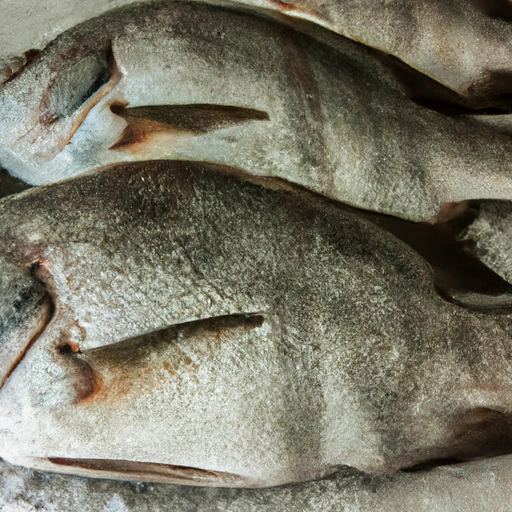Snapper
Description

Snapper is a common name for a variety of fish in the Lutjanidae family, known for their fine, white flesh and mild, slightly sweet flavor. Snapper species are found in both Atlantic and Pacific waters and are highly appreciated in various cuisines for their versatility and delightful taste. As a sought-after ingredient, snapper can be used in an array of recipes, making it a favorite among chefs and home cooks alike.
Common uses
Snapper is widely used in a variety of culinary preparations. It can be found in everything from casual dining to gourmet meals, served raw, steamed, grilled, baked, or fried. Its popularity spans across different cultures and cooking styles, making it a versatile ingredient in global cuisines.
Nutritional value
Calories
Snapper is relatively low in calories, with an average serving size of 3.5 oz (100 grams) providing just about 100 calories.
Protein
This fish is an excellent source of high-quality protein, offering around 20 grams per 3.5 oz (100 grams) serving.
Fat
Snapper contains a moderate amount of healthy fats, with approximately 1 to 2 grams of fat per 3.5 oz (100 grams).
Carbohydrates
As with most fish, snapper has negligible carbohydrates, making it suitable for low-carb diets.
Vitamins
Snapper is a good source of vitamins such as vitamin D, vitamin E, and some B vitamins.
Minerals
The fish provides essential minerals including selenium, phosphorus, and magnesium.
Health benefits
Snapper is known for its health benefits, including being heart-healthy due to its omega-3 fatty acids, promoting strong bones with its vitamin D content, and supporting the immune system through its selenium and protein content.
Potential risks
As with all seafood, there is a risk of mercury contamination with snapper, though it is generally considered to be on the lower end of the mercury scale. Consuming snapper in moderation is recommended to minimize any potential risks.
Common recipes
Recipes featuring snapper are diverse, ranging from American favorites like blackened snapper to European dishes such as snapper en papillote. In Asian cuisines, snapper is often used in sushi and sashimi.
Cooking methods
Snapper can be prepared using various cooking methods including grilling, baking, broiling, pan-frying, and steaming, each method bringing out unique flavors and textures.
Pairing with other ingredients
Snapper pairs well with a multitude of ingredients including citrus, herbs like cilantro and dill, vegetables such as bell peppers, and grains like rice and quinoa.
Summary
Snapper is a beloved seafood ingredient recognized around the world for its nutritional value, mild flavor, and culinary flexibility. From the heart of American kitchens to the vibrant marketplaces of Europe and Asia, snapper remains a universal favorite, easily adaptable to a myriad of dishes and cooking styles. Its rich historical background is matched by its contribution to a healthy diet, making snapper a choice ingredient for a well-rounded meal.